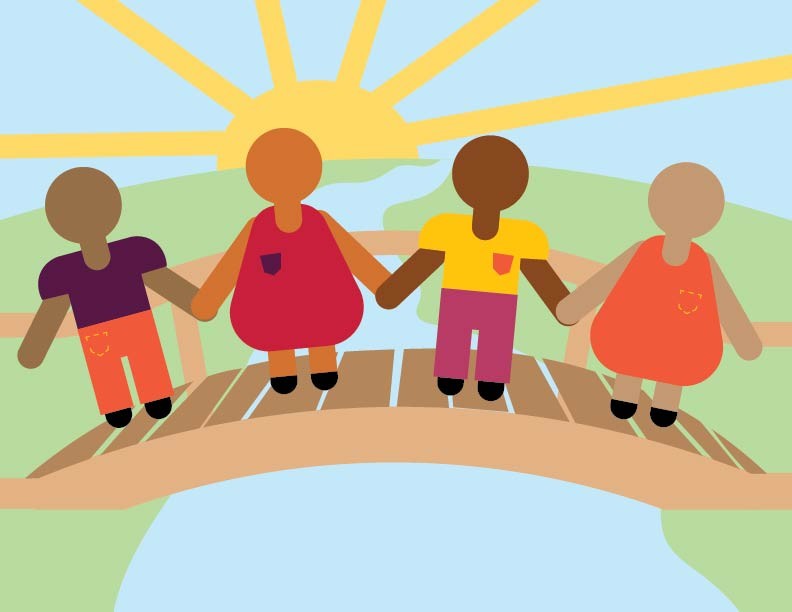Two University of Minnesota student groups held a discussion last week in hopes of bridging the gap between their cultures and seeking solidarity.
The Asian-American Student Union and the Black Student Union held a (POC)ulture workshop Friday examining stereotypes and attitudes within the black and Asian communities through the frames of pop culture and historical context.
“Through recognizing and acknowledging stereotypes and attitudes, we analyzed our privilege within the system and how to bridge the gap between two communities,” said second-year psychology student Georgina Simon, BSU’s grant and fundraising chair.
By discussing a variety of phrases, like “If you work really hard, you can get anywhere,” participants analyzed stereotypes and attitudes of both cultures.
“We went into the model minority [myth] and how [it] represented how the Asian-American immigrants just worked harder than everybody,” said Marcus Johnson-Luther, a third-year student studying strategic communication. “That is … the stereotype in … the ‘American dream’ [is] that they pull themselves up by their bootstraps and if they can do it, anybody can do it.”
Created in post-World War II America, the “model minority” concept typically refers to Asian-American communities and is a stereotypical, ideal minority lifestyle, according to the workshop. It was often used against black and other minority groups, dividing them and preventing unions or allyship, according to the presentation.
The workshop provided context on Asian-American and African-American history in the United States and introduced historic incidents that led to conflicts between black and Asian communities.
It also referred to pop culture examples, such as Nicki Minaj’s music video for “Chun Li,” which makes multiple references to traditional Asian culture. Presenters at the workshop said pop culture can reinforce stereotypes within black and Asian communities.
“We didn’t necessarily delve into what those stereotypes are, but [it’s] like the reduction of a community into a specific set of traits instead of helping each other, promoting each other,” said ASU advocacy chair William Wang, a third-year biology and sociology student.
The presentation discussed how when someone borrows an item or symbol of cultural significance without acknowledgment, attribution or permission, it leads to a lack of understanding and lack of overlap in experiences between the cultures.
The groups said they hope participants learn about the contexts of these stereotypes and attitudes in order to understand their power and privilege and use that to support the participants’ respective communities through solidarity and activism.
“I really enjoyed the event because it addressed and deconstructed why there is a separation between both communities, as well as how all people of color can stand in solidarity with one another,” said Peter Stammers, a fourth-year mechanical engineering student.
Amy Ma, a second-year management information systems student, said the event was an amazing opportunity to facilitate discussion and build relationships across both communities.
“I’ve had the opportunity to talk about anti-blackness in Asian-American spaces before, but doing so in the presence of both ASU and BSU provided a sense of solidarity that was incredible to witness,” Ma said.








